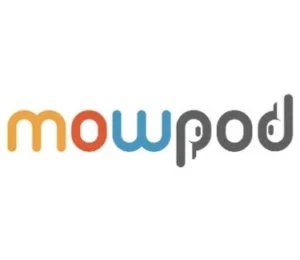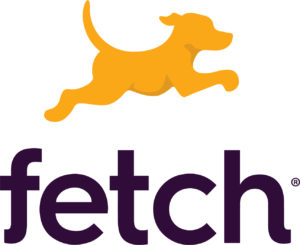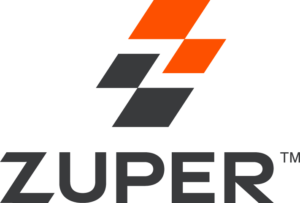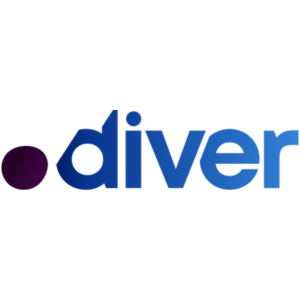Calculating CAC — Paul Orlando // USC
Paul Orlando
USC

Paul is Incubator Director & Adjunct Professor at USC
Learn to calculate Customer Acquisition Cost, Lifetime Value, and why businesses behave the way they do- Part 1Calculating LTV — Paul Orlando // USC
- Part 2 Calculating CAC — Paul Orlando // USC
Show Notes
-
02:23Calculating customer acquisition costsDivide the cost it takes to get a customer through the door by the percentage that actually become paid customers. Then segment by channel of customer acquisition.
-
05:52How marketing mix affects CACDifferent channels have different levels of scalability. Its about running experiments to observe and account for changes in these channels over time.
-
08:09Using blended CAC versus incremental CACThe incremental CAC helps with knowing what to change if you want to grow. The blended CAC doesnt indicate which channels are working or how profitable they are.
-
09:24CAC to LTV ratios when evaluating a businessTypically 1:3 or 1:4. Ratios are really dependent on your business goals. Understanding payback periods also provides extra insight.
-
12:05Managing CAC and LTV ratiosStart with understanding your business model. Then, use that understanding to drive how you approach those metrics.
Quotes
-
"I like to calculate customer acquisition costs on a per customer basis. I look at the cost to get them in the door, divided by the percent that convert to become a paid customer. " -Paul Orlando, USC, Incubator Director & ADJ PROF
-
"Some channels will scale, some will not. If you can understand that, and get a handle on it by running some experiments, you can make estimates for how your CAC will change per channel." -Paul Orlando, USC, Incubator Director & ADJ PROF
-
"In terms of a CAC to LTV ratio, you'll hear that its 1:3 or 1:4. In other words, spending a dollar on CAC results in $3 or $4 in LTV." -Paul Orlando, USC, Incubator Director & ADJ PROF
-
"If your goal is market share, spend up to the customer acquisition cost to bring someone in. That was something that famously was done by Amazon in the 90s, when they were about expansion." -Paul Orlando, USC, Incubator Director & ADJ PROF
-
"Look at the sequence of flows rather than relying on a single, static number. If you understand payback periods, it gives you that extra insight." -Paul Orlando, USC, Incubator Director & ADJ PROF
-
"Start with understanding your own business model. Then, build a model for LTV and CAC that reflects that. Once you start digging into things, you'll find a lot of value to unlock." -Paul Orlando, USC, Incubator Director & ADJ PROF
- Part 1Calculating LTV — Paul Orlando // USC
- Part 2 Calculating CAC — Paul Orlando // USC
Paul Orlando
USC

Paul is Incubator Director & Adjunct Professor at USC
Learn to calculate Customer Acquisition Cost, Lifetime Value, and why businesses behave the way they doUp Next:
-
Part 1Calculating LTV — Paul Orlando // USC
Paul Orlando, Incubator Director & Adjunct Professor at USC, shares some of the most important metrics for marketers. When building a business, LTV is often a highly sought after number. Rather than a single, static number, understanding LTV starts with understanding the behavior of your customer segments. Today Paul takes us through the process of calculating LTV.
Play Podcast -
Part 2Calculating CAC — Paul Orlando // USC
USC Incubator Director & Adjunct Professor, Paul Orlando, wraps up discussions on some of the most important metrics for marketers. When you’re on the hunt for investment capital, your CAC is a very important metric. It indicates what channels are working for you and highlights opportunities for scale. Today Paul talks about calculating your customer acquisition costs.










